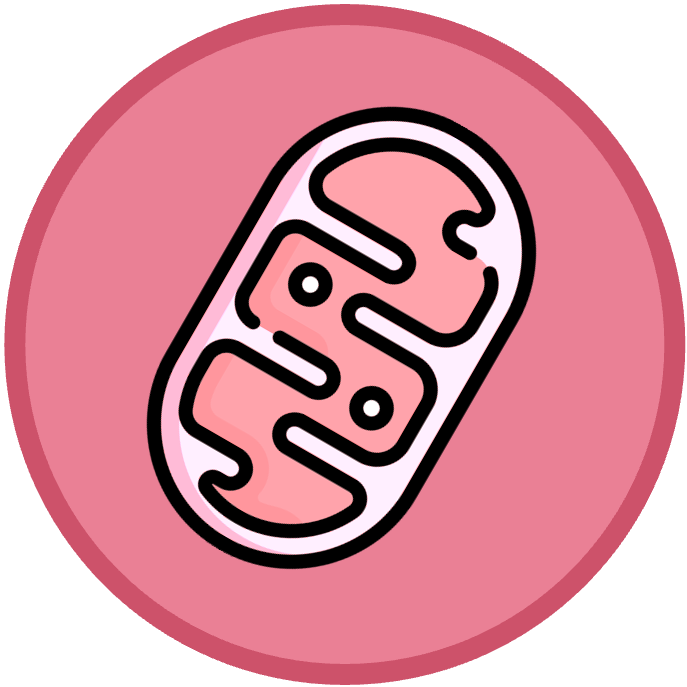

Link Reaction
The first stage of aerobic respiration is the link reaction, which transports pyruvate into the mitochondria
-
Aerobic respiration uses available oxygen to further oxidise the sugar molecule for a greater yield of ATP
The link reaction is named thus because it links the products of glycolysis with the aerobic processes of the mitochondria
-
Pyruvate is transported from the cytosol into the mitochondrial matrix by carrier proteins on the mitochondrial membrane
-
The pyruvate loses a carbon atom (decarboxylation), which forms a carbon dioxide molecule
-
The 2C compound then forms an acetyl group when it loses hydrogen atoms via oxidation (NAD is reduced to NADH)
-
The acetyl compound is then transferred to coenzyme A to form acetyl coenzyme A (acetyl CoA)
As glycolysis splits glucose into two pyruvate molecules, the link reaction occurs twice per molecule of glucose
-
Per glucose molecule, the link reaction produces acetyl CoA (×2), NADH (×2) and CO2 (×2)
Link Reaction






